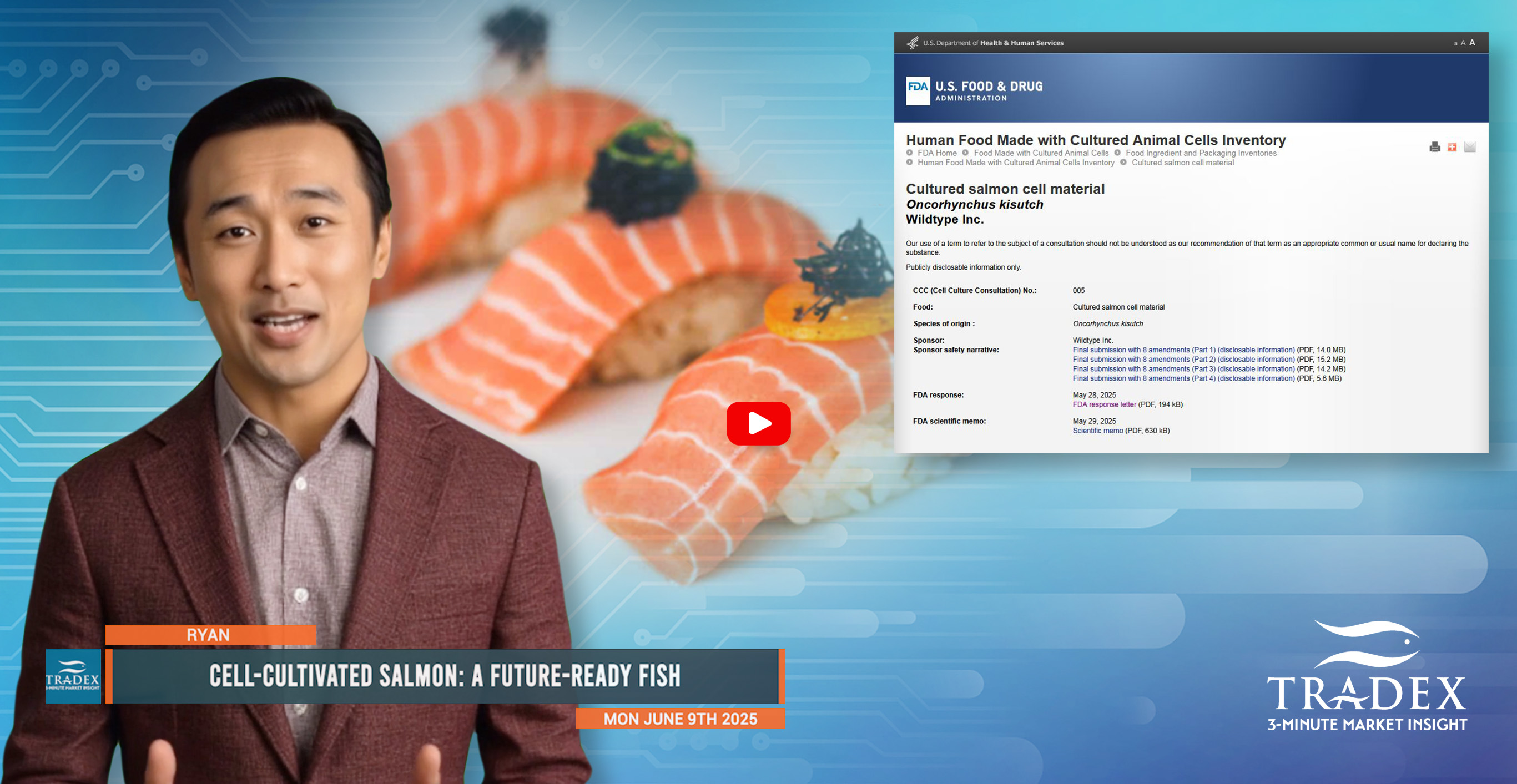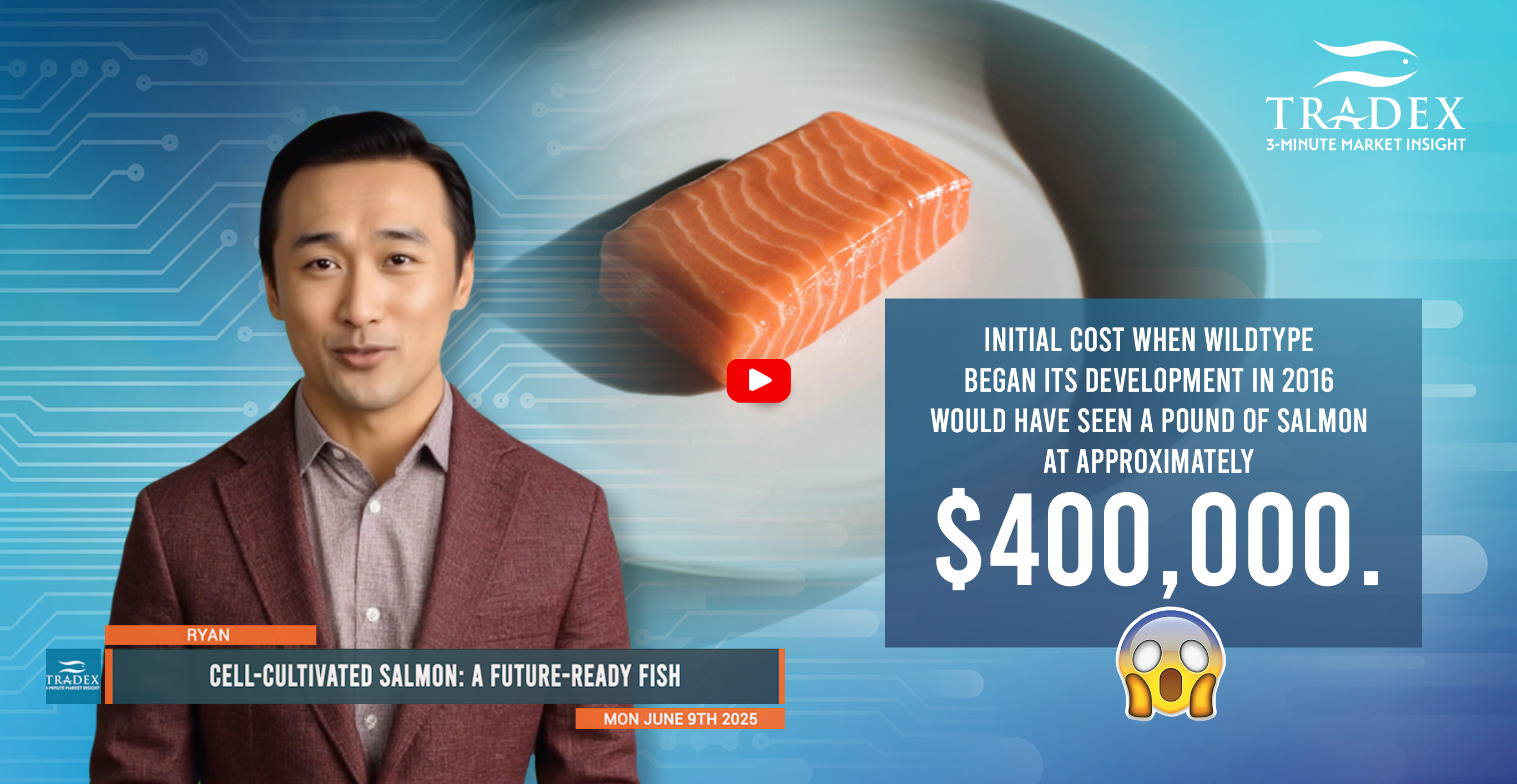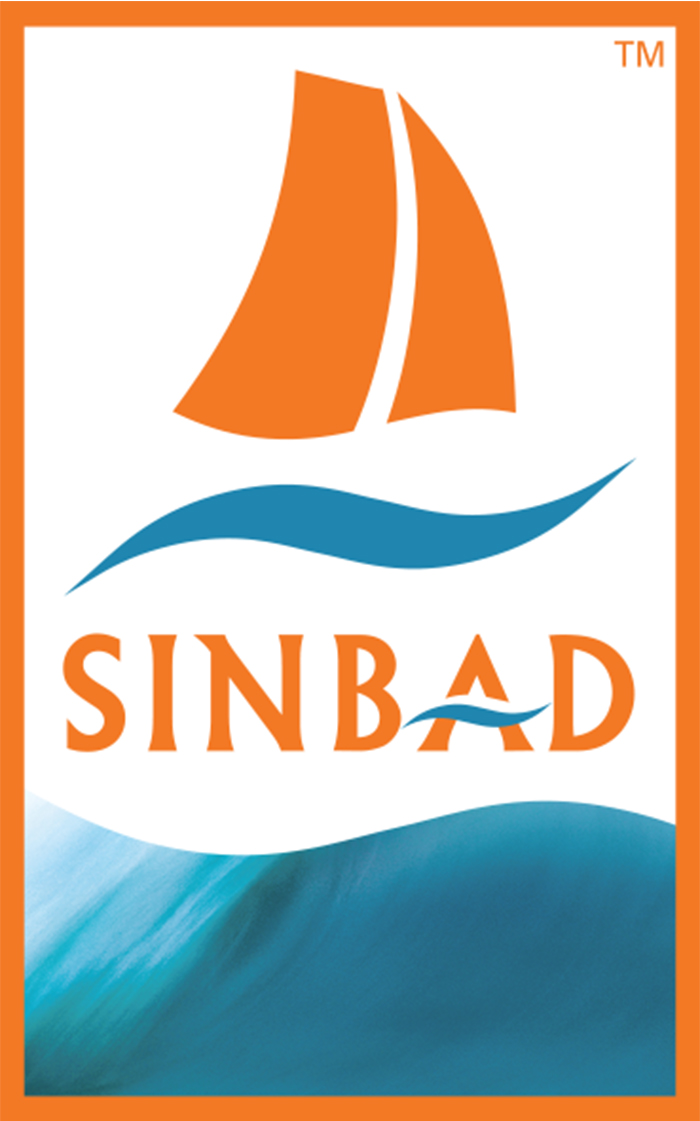
Loading
EP 744 | AIRED 06/09/2025
Cell-Cultivated Salmon: Wildtype’s FDA Approval Paves Way for Scalable Seafood
June 9th, 2025 - San Francisco startup Wildtype becomes the first company in the world to receive FDA approval to sell cell-cultured salmon. On May 28, 2025, the U.S. Food and Drug Administration issued a "no questions" letter to Wildtype, indicating that the agency had no safety concerns regarding the company's cultivated coho salmon.
This clearance allows Wildtype to offer its product in U.S. restaurants (such as its debut at Kann in Portland), marking the first time cultivated seafood has been approved for sale in the United States.
It is important to note that the FDA letter does not constitute approval for mass retail or labelling, but enables legal foodservice introduction - mirroring how cell-cultured chicken was first launched in the U.S.
Backed by the likes of Robert Downey Jr, Leonardo DiCaprio, Jeff Bezos, and Cargill, Wildtype is the fourth cultivated-protein company allowed to sell in the U.S., and the third with full approval.

Other companies globally in the cell-cultured seafood space are BlueNalu for bluefin tuna in the USA, Shiok Meats for crustaceans and Umami Bioworks for eel in Asia-Pacific, and Bluu Seafood and Pacific Biolabs in Europe - just to name a few.

Advertise Here: advertising@tradexfoods.com
Cell-cultivated seafood is grown by isolating fish cells and nurturing them in controlled bioreactors with nutrients to form edible seafood tissue without raising whole animals.
Fish cells used in cell-cultured seafood can double every 24–72 hours, and can reach harvest size in as little as 3–8 weeks, far outpacing timelines of 18-24 months for farmed salmon, and 2-4 years for wild salmon. As technology and bioprocessing improve, this could be reduced even further, especially for unstructured products like ground or minced seafood.

Market analysts are signaling that the global market for cell-cultured salmon is poised for significant growth, aligning with the broader expansion of the cell-based seafood industry. Based on a global salmon market valued at $44 billion by 2034, if cell-cultured salmon captures even a modest 1% market share could be worth 440 million by 2034, or $2.2 billion at 5%.
Initial cost when Wildtype began its development in 2016 would have seen a pound of salmon at approximately $400,000. By 2022 its estimated the cost went down to $200, and while exact figures are not published, there are claims to reduce production costs to $7 to $8 per pound - a level that would match premium conventional salmon. This target is considered achievable thanks to the scalability of Wildtype’s production technology.

Our recommendation is to buyers to stay ahead of evolving market dynamics, innovation, and consumer trends. Cell-cultivated seafood is not a replacement today - but it is a future-ready solution. Forward-thinking buyers should treat it as a long-term strategic vision in sustainable procurement.
Be sure to subscribe to our 3-Minute Market Insight using the signup or links below to keep tuned-in to the 2025 Salmon Season.
--- If you’re not already, be sure to subscribe to our 3-Minute Market Insight for seafood updates and insights delivered right to your inbox.


